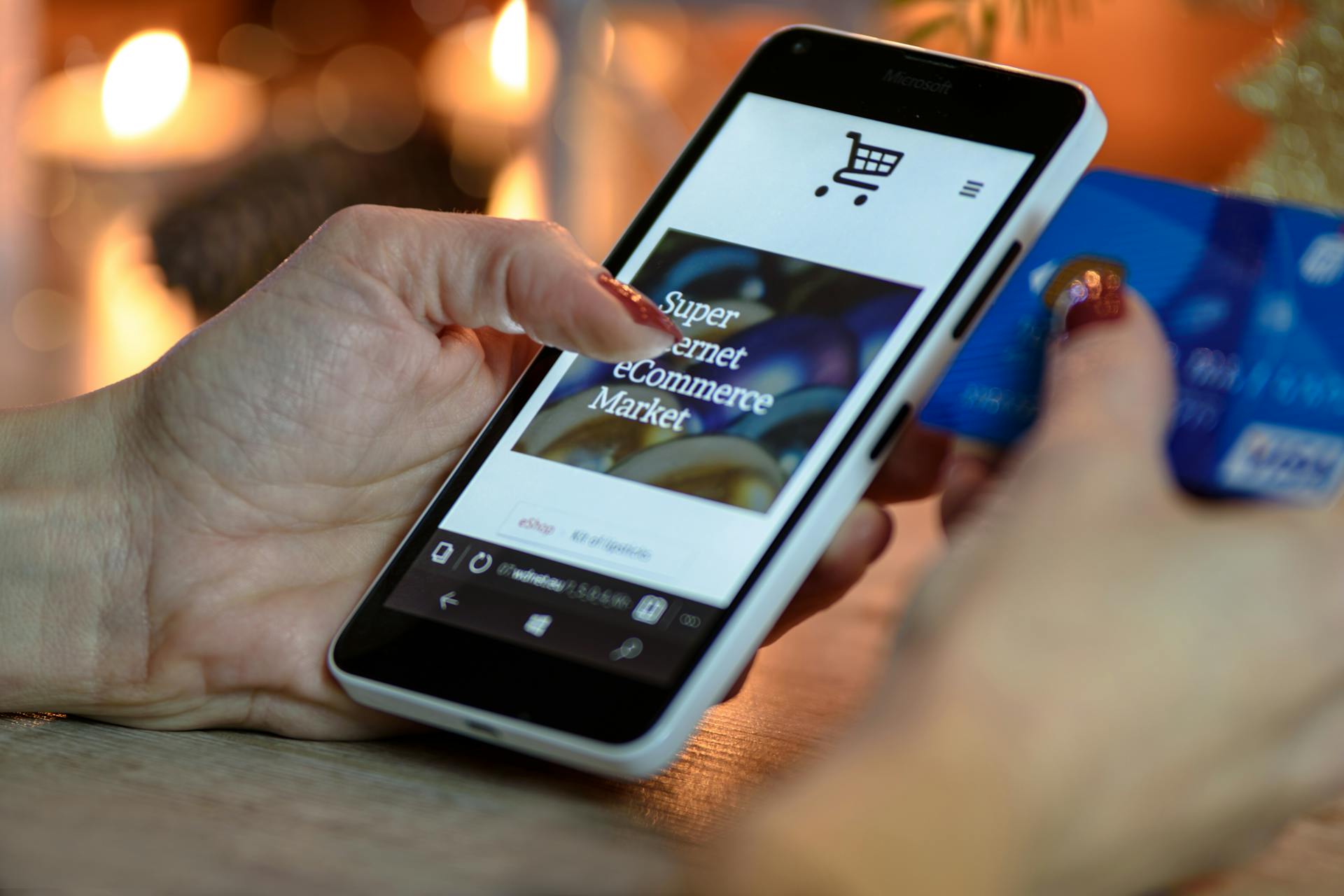Collecting points, filling stamp cards, securing bonuses – classic customer loyalty programs are usually based on a simple principle: those who buy more are rewarded. But this model is becoming less effective. Today’s customers are digitally connected, well-informed, and critical. They expect more than mere rewards for their consumption behavior.
In an era where products and prices are easily comparable, one thing above all determines long-term loyalty: the feeling of being part of something. The megatrend of community building is changing the rules of the game. Companies that create authentic brand experiences, allow for closeness, and offer platforms for exchange are evolving from providers to relevant companions in their customers’ daily lives.
Transactional Programs Are Reaching Their Limits
Many loyalty programs still rely on purely rational incentives – discounts, vouchers, points. But this form of customer loyalty often works only short-term. The emotional added value is missing. Especially younger target groups, but also brand-conscious consumers, expect a “more” today: meaning, participation, exclusivity.
The Rise of Brand Communities
Brands like Nike, Glossier, or Starbucks show how customer loyalty is being reimagined. They offer their customers spaces for exchange, inspiration, and shared experiences – both online and offline. A community is not created by the mere number of members, but through shared values, genuine interaction, and continuous participation.
Loyalty becomes the ticket to this world: Those who register or become part of a program not only receive benefits but access to an emotional brand cosmos.
Exclusive Content Instead of Generic Offers
The new loyalty logic is: belonging instead of reward. This can look very concrete – for example through:
• Early access to new products
• Invitations to exclusive events
• Internal surveys and opportunities for co-creation
• Community-only content (e.g., expert tips, behind-the-scenes)
• Member badges and recognition within the group
This creates connection at eye level – through relevance, recognition, and identification.
Customer Lifetime Value Begins with Trust
Those who feel part of a community not only remain customers longer – they are also more willing to share personal data, provide feedback, or recommend products. This strengthens the Customer Lifetime Value, reduces marketing costs, and makes brands more resilient to short-term market changes.
Technology Supports But Does Not Replace Relationship Building
CRM systems, loyalty platforms, apps, or personalized newsletters are important tools for building digital communities. But technology is not an end in itself. The strategic framework remains crucial: What story does the brand tell? What values does it embody? How consistently does the community promise run through all channels?
Rethinking Loyalty Programs – Human, Relevant, Connecting
The future of customer loyalty is not a coupon – but a relationship. Those who want to conduct successful loyalty marketing today need more than a well-thought-out point system. It requires attitude, dialogue, and genuine closeness.
Loyalty emerges where people feel seen, can participate, and sense that they are part of something bigger. From card to community is not a trend – it’s the logical next step.






